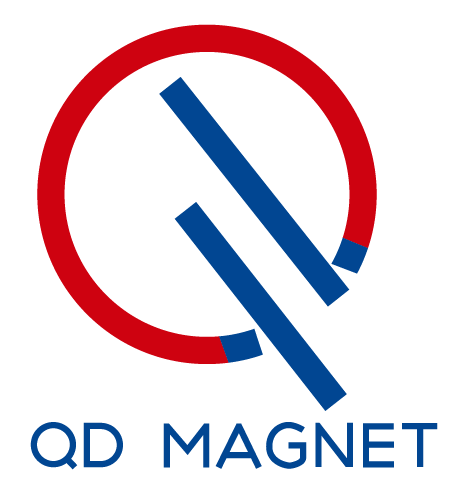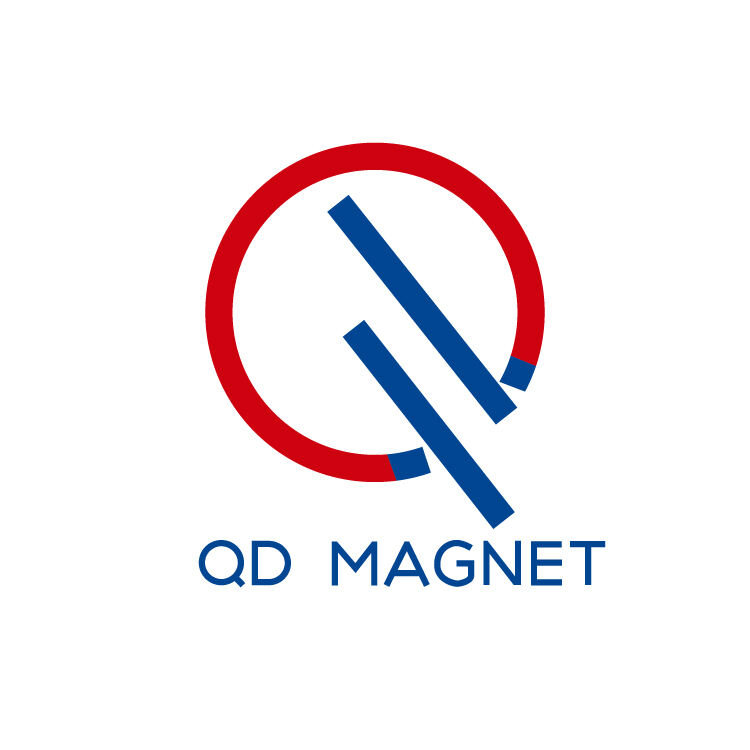Neodymium magnets, known for their superior magnetic strength, are primarily composed of neodymium, iron, and boron (NdFeB). This specific combination plays a crucial role in their impressive magnetic properties, with the ratios of these elements directly influencing their effectiveness. These magnets can generate magnetic fields reaching up to 1.4 teslas, making them amongst the world's most powerful permanent magnets. Such strong magnetic fields are essential for various applications where high performance is required. Additionally, these magnets exhibit a high Curie temperature, a critical factor that enhances their resistance to demagnetization at elevated temperatures. This high resistance contributes significantly to the practicality of neodymium magnets, allowing them to perform efficiently in diverse temperature conditions across a range of applications.
In comparison to ceramic and Alnico magnets, neodymium magnets outperform their counterparts in several key areas, including magnetic strength, size, and cost-effectiveness. Neodymium's superior magnetic properties allow for the design of smaller devices that do not compromise on power, offering a distinct advantage in modern technological applications. Studies from manufacturers often highlight the enhanced efficiency of neodymium magnets, emphasizing their ability to provide robust solutions in compact forms. For instance, their compact design does not hinder their performance, making them a preferred choice in industries where space and weight are critical considerations. These performance metrics substantiate the widespread adoption of neodymium magnets across various sectors, reinforcing their reputation as the preferred option over alternative magnet types.## Key Applications in High-Powered Devices
Neodymium magnets are crucial components in both electric vehicles (EVs) and wind turbines. In EV motors, these magnets enhance efficiency and performance by providing the powerful magnetic fields necessary to convert electrical energy into mechanical motion. This transformation is essential for the vehicle's propulsion system, allowing for a smooth and powerful drive. Similarly, in wind turbines, neodymium magnets increase the energy output and efficiency of generators, making them paramount for efficient renewable energy harvesting. With the growth in global EV sales and the increasing adoption of wind energy, the demand for neodymium magnets is anticipated to rise significantly. The market for EVs, for example, is projected to experience exponential growth, substantiating the essential role of these magnets in contributing to a sustainable energy future.
Neodymium magnets are vital in the consumer electronics industry, significantly used in devices such as smartphones, headphones, and speakers. Their small size yet substantial magnetic power allow manufacturers to create compact products without compromising quality and performance. On the other hand, industrial machinery, including robotics, automation, and power tools, also rely heavily on these magnets. In these applications, neodymium magnets enable more efficient and precise operations, which is crucial in automation processes. Market data shows a continuous rise in consumer electronics and industrial automation, further underscoring the importance of neodymium magnets in pushing technological advancements forward. Their use in innovation is a testament to their indispensable position in both consumer and industrial sectors.
Recently, the use of neodymium magnets in niche activities like magnet fishing has gained popularity. This recreational pastime involves using powerful magnets to retrieve metal objects from bodies of water. While it’s an exciting endeavor, enthusiasts should ensure safety by selecting the appropriate magnets and exercising caution near metallic structures. Neodymium magnets are also making waves in office settings, primarily used as magnetic push pins. These small yet mighty magnets help organize and efficiently display information on notice boards, improving workflow and communication in professional environments. Anecdotal evidence from hobbyists and office workers alike highlights the rising interest and practical benefits of these magnets in both leisure and organizational activities.## Global Market Growth and Demand Drivers
The future demand for neodymium magnets is closely linked to the projected expansion of renewable energy and electric vehicles (EVs). Industry analysts forecast substantial growth in these sectors, driven by global commitments to sustainable energy solutions. Specifically, the worldwide permanent magnet market is expected to grow from USD 25.5 billion in 2023 to USD 49.8 billion by 2033, with a compound annual growth rate (CAGR) of 6.92%. This growth is largely attributed to an increase in the adoption of wind and solar energy systems, where neodymium magnets play a critical role. Government incentives and policies further bolster this growth, as nations aim to meet carbon reduction targets by promoting EV adoption and renewable energy sources. Such dynamics underscore the vital role of neodymium magnets in these burgeoning industries.
The Asia-Pacific region, particularly China, dominates global production of neodymium magnets. This is mainly due to the region's abundant access to rare earth materials and advanced manufacturing capabilities. China's strategic control over more than 90% of the world's neodymium supply reinforces its pivotal role in the magnet industry. In fact, production statistics reveal that the majority of the world's magnet manufacturing is concentrated in Asia-Pacific, underscoring its critical position in global supply chains. Factors such as cost-effective production methods and technological innovation in manufacturing processes have solidified this region's dominance. This concentration of production highlights both opportunities and vulnerabilities within the global supply of magnets, affecting industries dependent on these essential components.
China holds a substantial monopoly over the production of rare earth magnets, including neodymium magnets, which has considerable economic and geopolitical implications. China dominates approximately 85% of the global market for processing these essential materials. This dominance allows China to influence pricing and availability, making global industries reliant on these magnets vulnerable to supply disruptions. In response, countries like the United States are making concerted efforts to develop domestic production capabilities. Recent investments aim to reduce dependency on Chinese supplies by leveraging alternative sources and innovative extraction technologies. For example, the U.S. has been investing in rare earth production facilities and fostering strategic partnerships aimed at fostering resilient supply chains. However, geopolitical tensions may still lead to disruptions, influencing availability and pricing. Economic measures or restrictions imposed by China could significantly impact the global neodymium magnet market, underscoring the urgency for diversified supply chains.
The mining of rare earth elements, including those used in neodymium magnets, raises significant ethical and environmental concerns. Labor practices in some regions do not align with international standards, raising questions about worker safety and rights. Moreover, the environmental degradation resulting from mining activities includes the destruction of landscapes and contamination of water supplies. This situation has led to calls for stricter regulations and the adoption of sustainable mining practices. Advocates emphasize the need for reduced environmental impact through techniques like more efficient waste management and the use of renewable energy in mining operations. A study published in the "Environmental Science & Technology" journal highlights the extensive ecological footprint of rare earth element production, pointing to the pressing need for change. Implementing these solutions is crucial to ensure that the benefits of rare earth magnets do not come at an unsustainable cost to the planet and its people.
Recent innovations in custom neodymium magnets have revolutionized various industries by catering to specific needs. Advanced manufacturing techniques have played a pivotal role in this evolution, allowing for enhanced customization of magnet specifications such as size, shape, and magnetic strength. One of the groundbreaking advancements in this field is the application of 3D printing technology, which enables the production of highly tailored magnetic solutions. For instance, manufacturers can now create complex magnet geometries efficiently, which was not feasible with traditional methods. According to industry experts, the future of magnet technology is poised for rapid evolution, with potential breakthroughs anticipated from ongoing research in material sciences and manufacturing processes.
The growing field of magnet recycling represents a significant step towards sustainability in the magnet industry. Existing initiatives focus on reclaiming rare earth materials from end-of-life products, thus reducing the need for new mining activities. Technologies have been developed to efficiently extract and reuse these materials, decreasing reliance on primary sources of neodymium. Additionally, researchers are exploring sustainable alternatives to traditional neodymium magnets. Innovations in production methods aim to incorporate less harmful materials while maintaining performance. Organizations like Kyoto University are at the forefront of developing eco-friendly options, evidenced by their work on developing carbon-based magnets. Market interest in sustainable solutions continues to grow, underscored by the increasing demand for environmentally responsible manufacturing practices.


Copyright © - Privacy policy